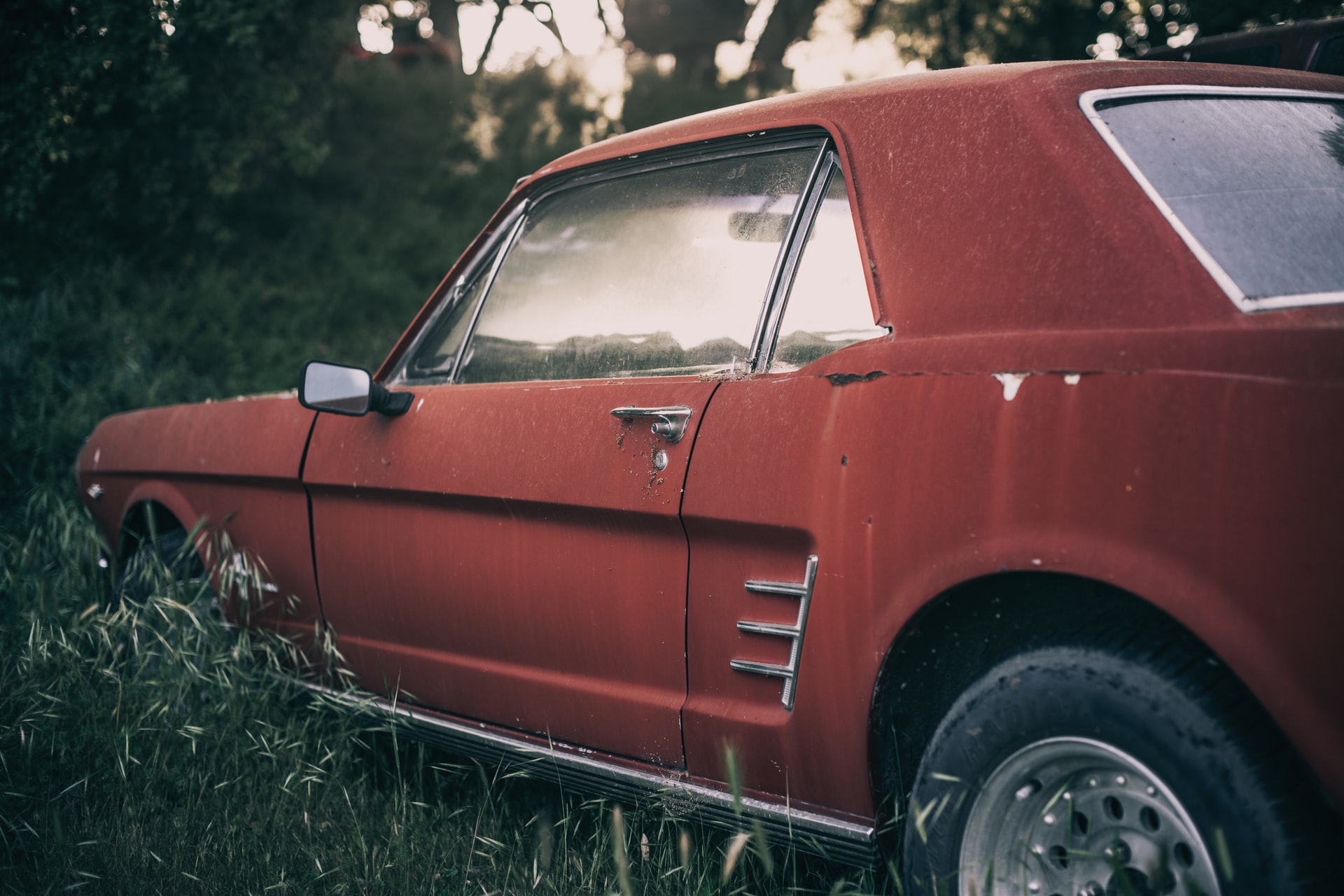If you own a car and are a do-it-yourselfer, you will probably find an auto body repair how to guide helpful. It’s a cruel world out there and your car is more than likely going to experience dings, scratches, dents or worse while you own it.
Sometimes, a shallow scratch can be erased by using very fine sandpaper and a water soaked sponge. Use the sandpaper to feather the scratch down until it feels smooth. If you are lucky, the scratch will be much less noticeable an further repair, including painting, will not be necessary.
If the scratch is deeper you may have to sand down further. Unfortunately, once to this point, repainting the affected area is usually necessary. If the sanded area ends up below the surface of the rest of the paint, you can build the area back up again by using body putty or filler. Then wet sand the putty or filler to smooth the surface.
If you problem is merely a simple dent with no paint damage, you can use a common bathroom plunger to pop the dent up. If the dent cannot be fully popped out, painting will again likely be necessary, but first fill the area with putty or filler and then sand down it to a flat surface.
If you have to replace a whole body part that is made of metal, the repair will be somewhat more complicated. The exact tools will vary depending on your specific vehicle, but some common tools you’ll need are:
• A set of wrenches
• A ratchet and a set of sockets
• Screwdrivers
• Pliers
• Sandpaper
• Respirator or mask
• Safety glasses
• Gloves
The respirator or mask, safety glasses and gloves are to assure that you don’t breathe in any harmful particles, and the gloves are to protect you from sharp edges.
Analyze the damage and determine what parts you’ll need to complete the repair. Any part you’ll need can generally be purchased at a salvage yard, parts dealer or car dealership. Inspect the part(s) to determine the exact tools necessary to do the work.
Once replaced, sand the new part with a 150 to 220-grit sandpaper until the surface is smooth and free of scratches, then prime and paint it. Make sure to mask off any areas that may get primer or paint of them before proceeding. In some cases, the part should be primered and painted off the vehicle. If so, remove the damaged body part and follow the previous steps with the new one.
Use the sandpaper to remove any hanging pieces, then take the fiber cloth and cut out a piece just a little bit larger than the hole you want to fill. Mix the resin and hardener, dip the fiber cloth into the mixture and then pull the cloth out. Remove any excess mixture and place the wet cloth over the hole. Use the putty knife to smooth the cloth until it is as flat as possible over the hole. If necessary use another layer of cloth to thicken the area. Give the cloth time to dry and harden, then sand it down until the area is smooth. Check that it is even. Any area that is too shallow can be smoothed out with body putty or plastic filler. Sand and then check again to make sure that the surface is even. Spray primer on the area and paint.
While intimidating and often best left to professionals, do-it-yourself auto body repair is not necessarily out of the range of an advanced home mechanic. With this how-to guide, you can determine if you are ready to try your hand at auto body repair or not.
Post time: Nov-20-2020

